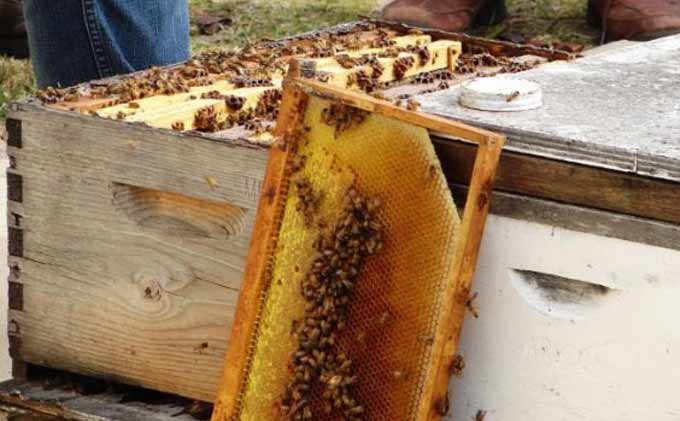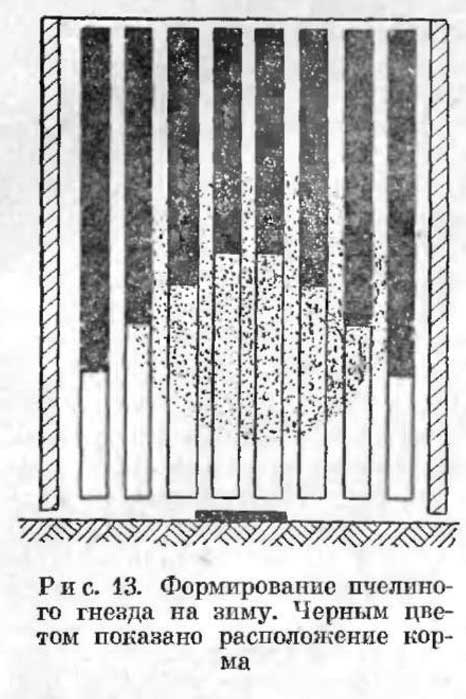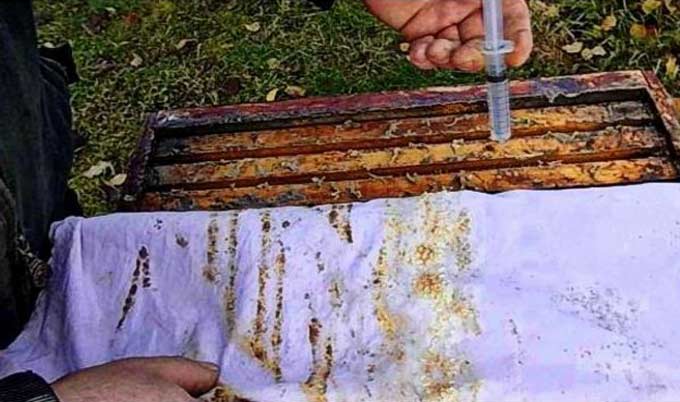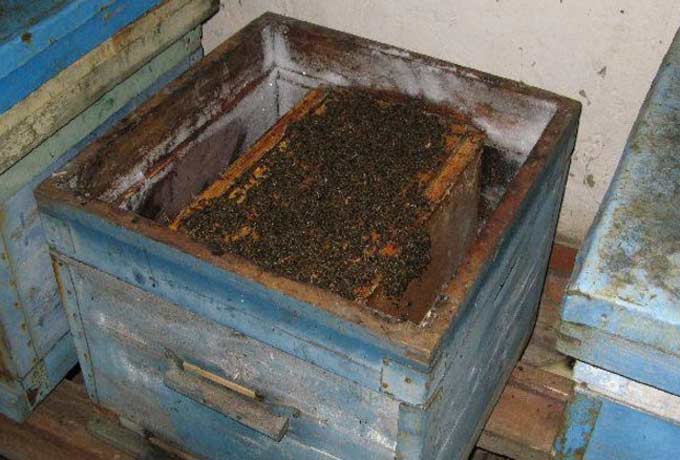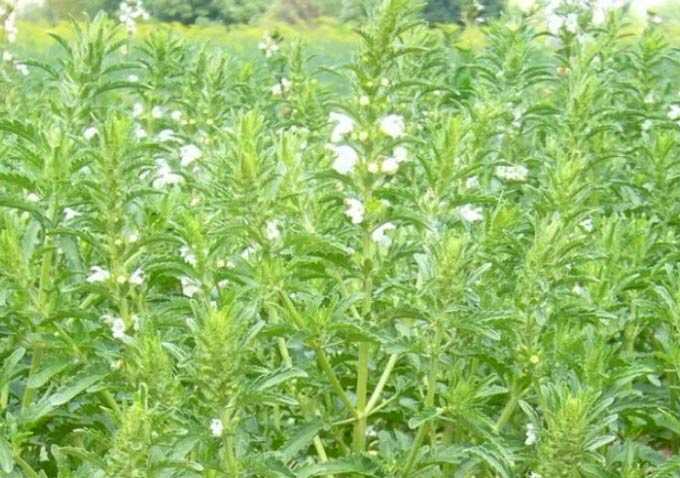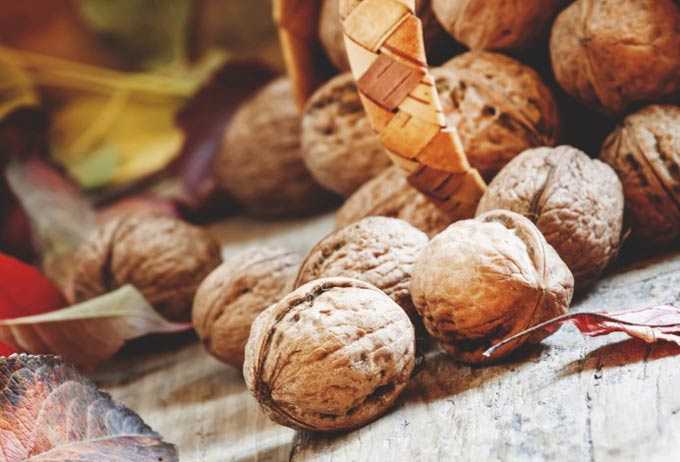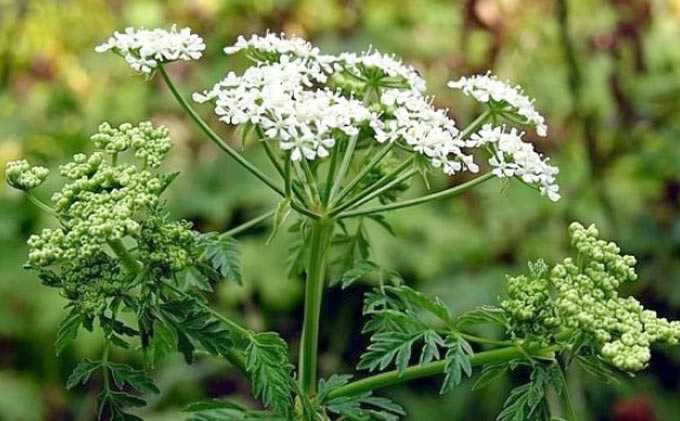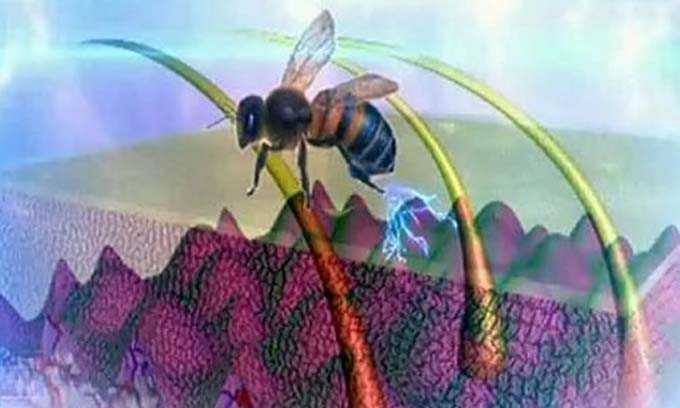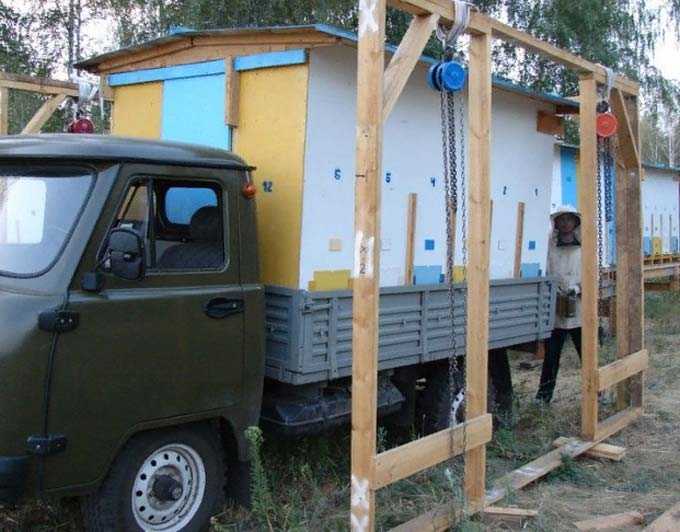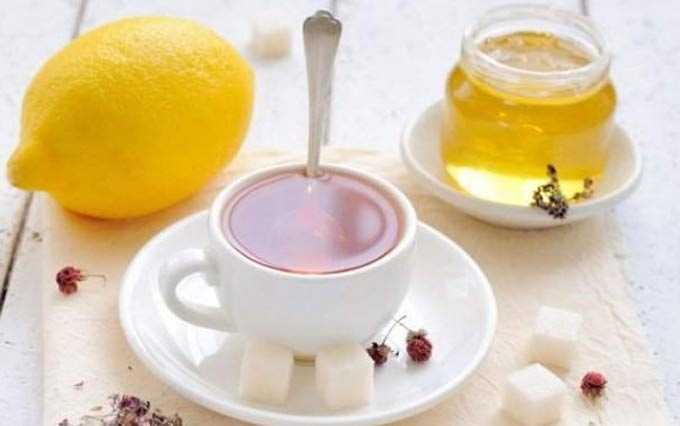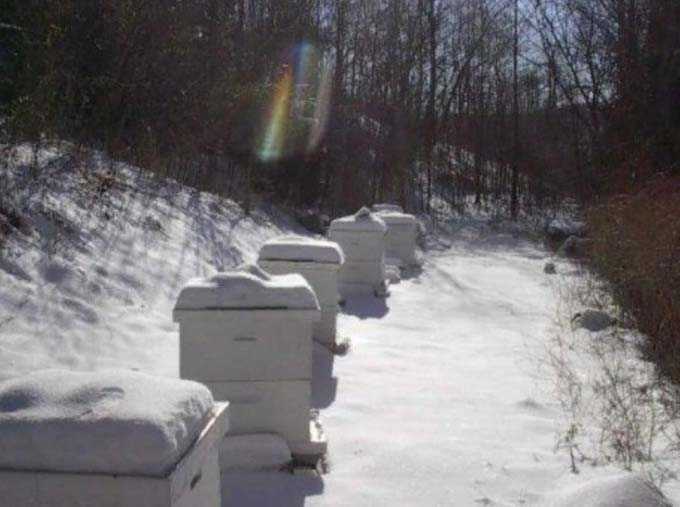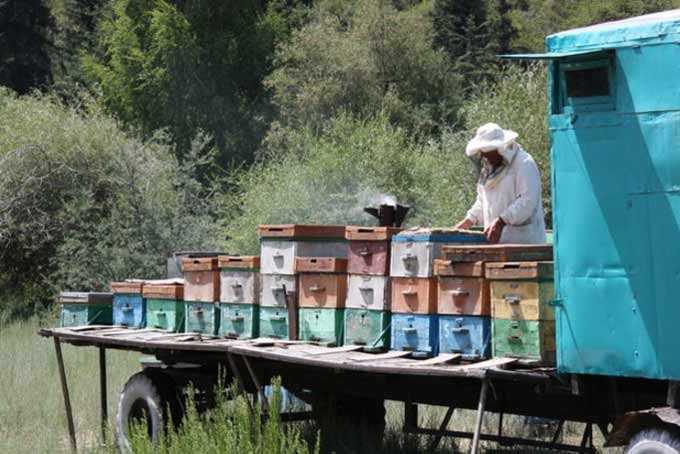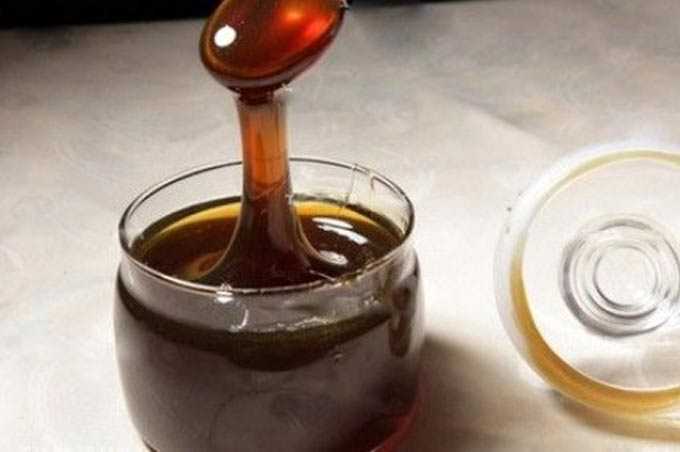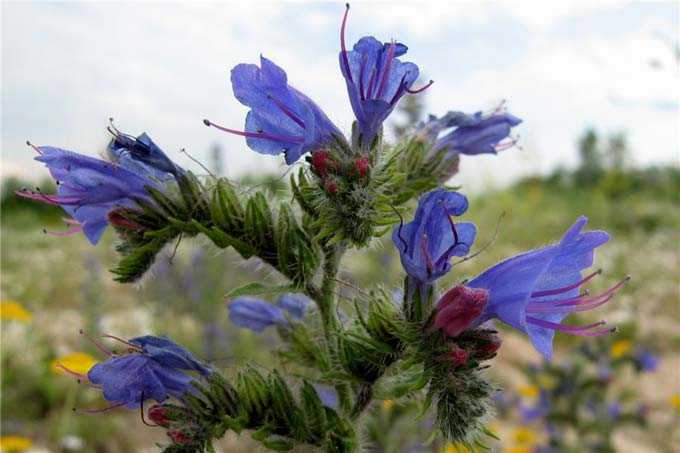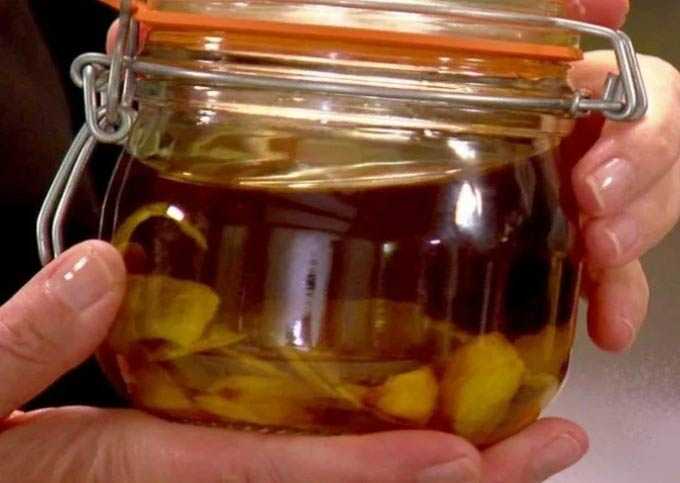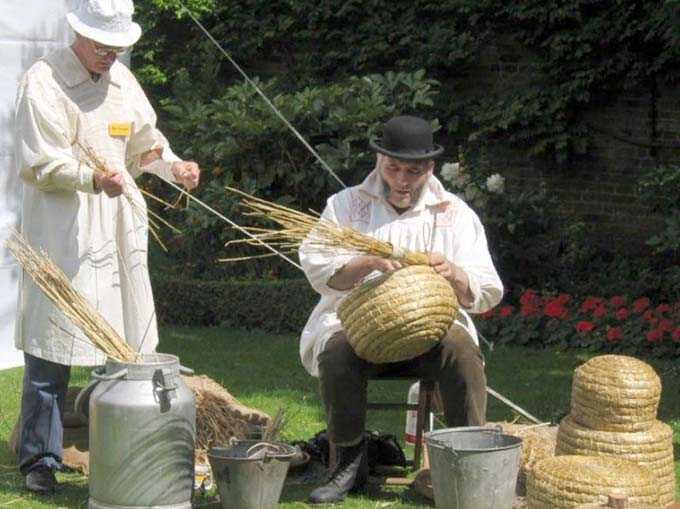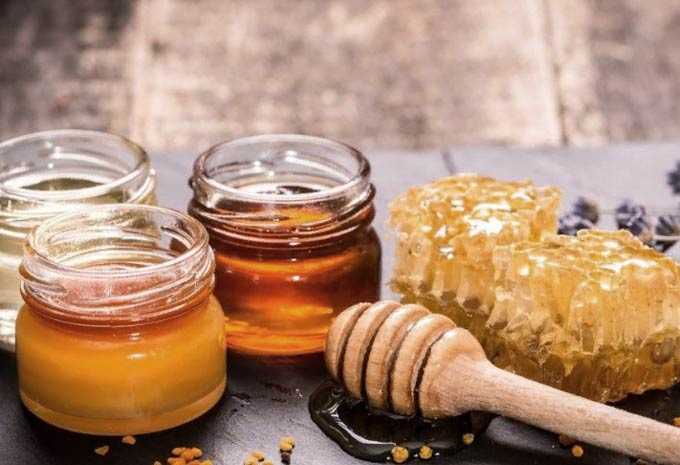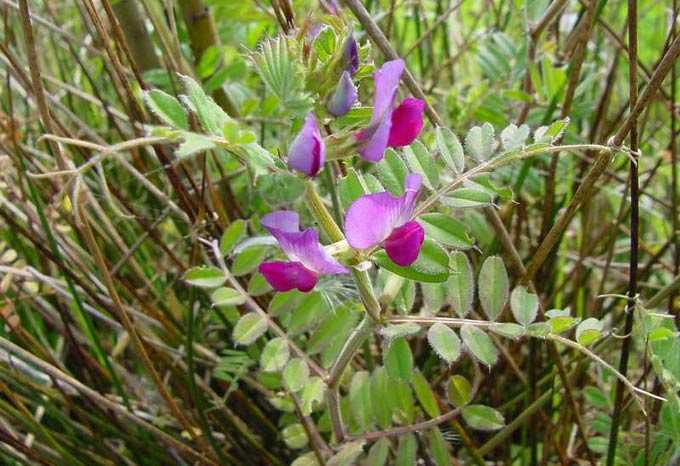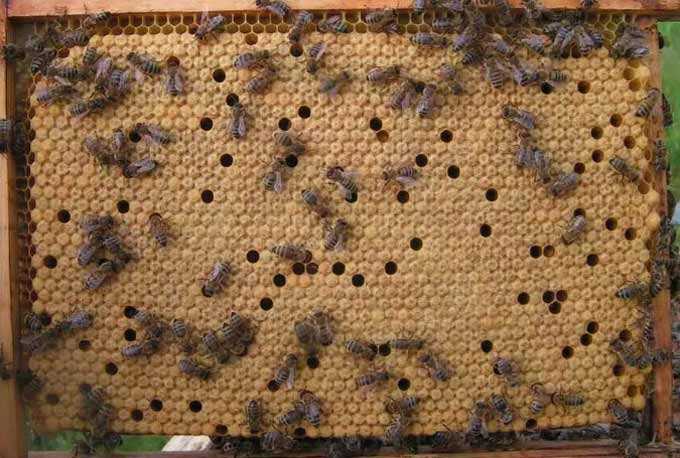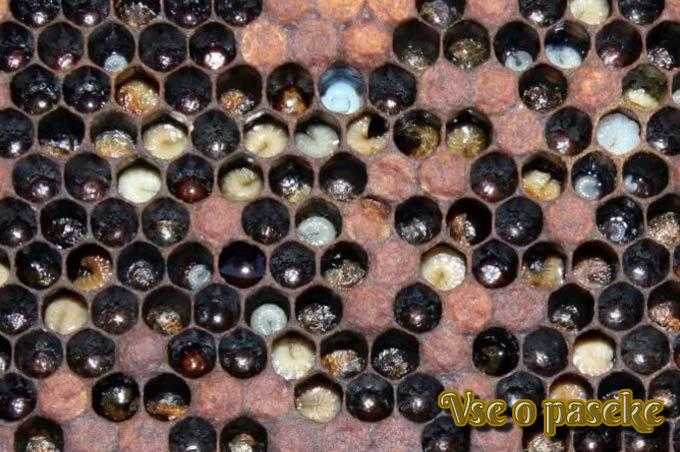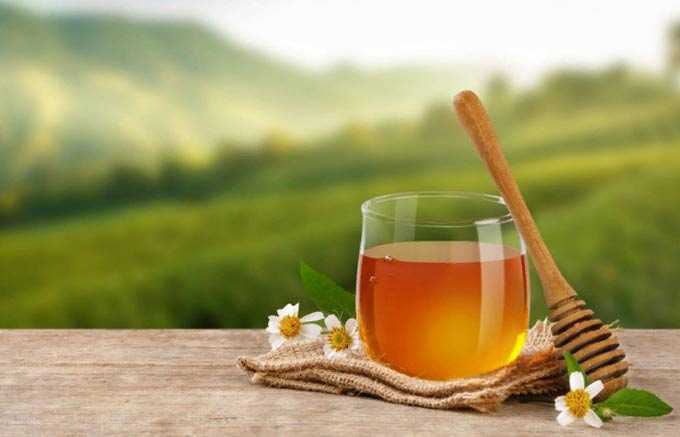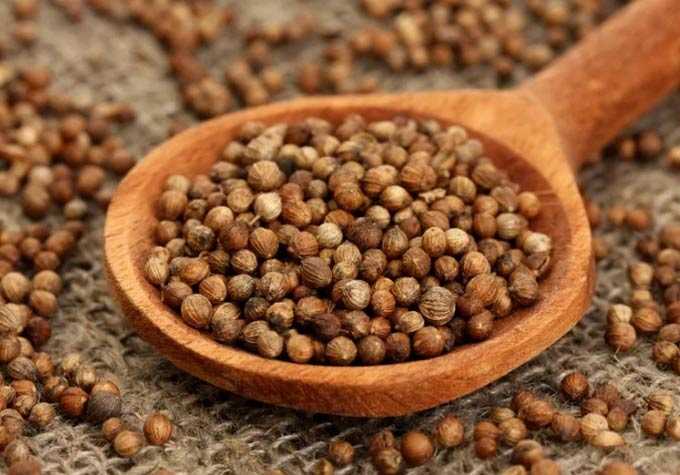The weeks following the period of active honey collection are a very important time in the life of a beekeeper. The strength of bee colonies and successful wintering directly depends on the measures taken by the beekeeper, starting from the second or third decade of August.
In the autumn work in the apiary includes: revision and formation of nests, treatment of hives with drugs to combat Varroa mites, prevention of nosematosis, proper insulation, and providing families with full-fledged food. All of this applies to post-shoot events.
The content of the article
- 1 How to prevent theft
- 2 How to conduct a major audit
- 3 Growing families
- 4 Providing food
- 5 Treatment for diarrhea and tick control
- 6 How to insulate nests
- 7 Latest revision
How to prevent theft
Completion of active collection of honey leads to the development of theft in the apiary. Insects no longer find a bribe in nature and begin to look for it in neighboring hives, attacking weakened nests that do not have queens.
To prevent this situation, you need to take the following measures:
- reduce (reduce) the entrances in all existing hives by adjusting the valves – there should be a hole the size of a matchbox (for three to four bees);
- carefully caulk other cracks, if any, in old hives.
How to conduct a major audit
A post-bust audit is necessary to determine the health of the families and the condition of the nests. First of all, the beekeeper pays attention to the quality of the available feed and the amount of honey and bee bread in each hive. Only sealed frames are taken into account, since insects will use up unsealed honeycombs with honey before the onset of cold weather.
Poor quality feed is replaced with full frames received at the beginning of the main summer feed or in May. And frames containing little honey are printed and placed behind the diaphragms to dry.
Deformed frames with elongated cells, curved or containing trump brood are completely discarded. If they contain live brood, the frames are rearranged along the edges of the nests. After the brood emerges, they are removed from the hive to be melted onto wax.
The final harvest is carried out after the bulk of the autumn brood has been removed. Weakened nests join with other bee colonies. To do this, insects are shaken off the frames in front of the entrances of strong families, and the vacated hives with frames are removed for storage in a warehouse.
Growing families
Particular attention is paid to the quality of the queens and the presence of brood. An individual that continues intensive egg-laying until late autumn is considered ideal. Such a queen provides a club of young bees that tolerate wintering well. A strong nest winters well: it can hatch brood at the end of winter and early spring, and then actively begins honey collection.
If necessary, old queens are replaced with new ones. If there is a suspicion of the absence of a queen, a control frame with young brood is placed in the nest. Two days later, the presence of fistulous mother liquors is checked. If queen cells are found, the colony is considered queenless. It is corrected at the expense of the queens bred in the cores.
The spare queens are removed at the beginning or in the middle of the main flow. In this case, young queens have time to mate before the end of the main honey collection. They are especially fertile – worms until late autumn and start laying eggs early in the spring. Moreover, the laying of eggs occurs without the beekeeper giving out stimulating feeding. As a result, families are quickly replenished with young animals.
The more young animals go to winter, the more productive and stronger the hive is in the spring. Such families consume less honey during wintering. All saved feed will be spent in early spring on raising children, which contributes to the rapid growth of families.
A successful wintering is the absence of spring weakening or elimination of individual nests. And it is provided by the beekeeper in August-September.
Poor development of hives in the spring leads to inactive honey collection and is a direct consequence of improper preparation of the apiary for wintering in the fall. The same can be said about the mass death of insects in the winter house. This indicates gross mistakes of the beekeeper: poor equipment of the wintering room, the launch of families into the winter with insufficient and low-quality fodder supplies, bad queens, and improperly formed nests.
Note: The annual replacement of queens for individuals hatched in late summer leads to the fact that after three to four years the families will not actively swarm. The year-round keeping of strong families is a kind of selection of bees for irregularity.
By the beginning of September, every bee colony should have at least 2 kilograms of insects. That is, at least 8-9 streets are occupied in the hive. In a strong nest, insects populate an average of 10-12 frames, and an average in strength – 8-10 frames.
Providing food
The best food supply is sealed flower honey. For example, in the spring, frames are harvested with honey from yellow or white acacia. And they finish harvesting in the first half of the main flow during the rapid flowering of herbs. During this period, honeydew honey is practically absent in nature – insects collect it reluctantly, preferring flower nectar.
There is such a rule: the stronger the nest, the less honey it eats per unit weight of living insects. Conversely, the weaker the family, the fewer young animals in it, the higher the need for feed.
The pad appears in nature in the second half of the main flow or by the end of summer. In combs, it has a dark brown color with a greenish tint. Not crystallized or printed by bees. It tastes like spoiled caramel or molasses. It mixes poorly with human saliva. Looks thick and stringy. Less sweet than regular flower honey.
The fall causes the death of both adults and larvae! Due to the abundant admixture of mineral salts, honeydew honey is not absorbed by the intestines of insects, which leads to the appearance of severe diarrhea in them. The beekeeper should get rid of the frames with such food first.
The number of quality honey frames left for the winter depends on the strength of the nest.
In multi-hull structures, only two hulls are left: bees are placed below, and their food reserves are stored on top. In the sun loungers, honeycombs are installed along the edges, and next to them they are placed on a honey-foam frame.
The middle of the nest is formed from light-colored combs containing from 1 to 1,5 kg of honey. In strong families, in the center opposite the entrance, you can arrange honeycombs of 1,5-1,8 kilograms. Behind them, set a heavier frame in terms of increasing weight.
With a one-sided placement method, heavy honeycombs weighing from 3 to 3,5 kilograms are installed from one end, two or three frames for 1,5-1,8 kilograms are placed against the entrance, and then frames weighing 2 kilograms or more are placed.
With a weak summer bribe, full heavy honeycombs are placed in the center, and light frames are placed on the sides, gradually reducing their weight.
When the club moves in any direction, insects must find sufficient food! If there are not enough food supplies at one of the edges of the nest, the club will not be able to crawl to the other side – the bees will die from low temperatures and hunger.
You can learn about the placement of frames that are not completely filled with honey in the following video:
Approximate amount of feed for the winter:
- strong nests – from 16 to 18 kg (10-12 frames);
- medium nests – from 15 to 16 kg (7-9 frames);
- multi-hive hives – 30 kg per hull.
Important: no honey frame should get into the center of the hive! Before the formation of nests, the honeycomb must be checked for light – the bee bread does not shine through in the sunlight.
The family is fenced off from the empty space with plug-in boards, and then insulated from the cold with insulating material.
Treatment for diarrhea and tick control
In the second half of August, upon completion of honey collection, prevention of diarrhea caused by nosematosis is performed. For this, a 50% sugar syrup is prepared, to which Fumagillin is added in the proportion of one bottle for every 25 liters.
The drug is preliminarily dissolved in a small amount of warm water, and then added to the finished chilled syrup and mixed thoroughly.
Feeding is given in a heated form (35-37 degrees) at night at the rate of 3 liters per nest. At the same time, all precautions are followed: the sweet solution should not fall on the ground around the hives or on their walls, as this will provoke bee theft.
Treatment with preparations against Varroa mites, for example “Bipin”, is carried out when morning temperatures drop to zero degrees. The first frosts keep the bees in the club, making handling easier. Cool mornings and sunny afternoons are ideal for work, which will give the bees the opportunity to fly out of the hive and “ventilate” after spraying the streets.
Processing time varies greatly by region. In the middle lane, this is the end of September. In the northern regions, processing is carried out earlier, with the onset of the first frosts.
You can read more about the fight against varroa here: What you need to know about treating bees for varroatosis
How to insulate nests
Warming is carried out simultaneously with the formation of nests.
The family is placed in the center. And on the side, just behind the diaphragms, mats or homemade pillows with insulation inside are installed. Mats are also spread on top of the canvas. If the structure does not provide for a space above the frame, empty extensions filled with insulating cushions are installed. All cracks in the hive are covered with clay.
Reed or straw mats are placed under the bottom. Or boxes filled with natural materials are installed: moss, chopped straw, sawdust.
The main purpose of the autumn warming is to save the vitality of insects and to save feed stocks for the spring.
Latest revision
After the onset of frost, the last inspection of the families is carried out – this is the final autumn work in the apiary.
The purpose of this inspection is to determine the exact size of the nest. Since the formation (main revision) is carried out in a warm period with the rapid vital activity of insects, the beekeeper does not always manage to accurately determine how many honeycombs the insects will occupy when they completely form a club.
The inspection is carried out in the morning at sunrise. The cover is removed, the layer of insulation is pushed back, the lap is lifted and the number of frames covered by the bees is determined by eye.
The smoker is not used at this time, since the insects no longer respond to anxiety from the beekeeper.
Actions based on the inspection results:
- If the outer surfaces of the outermost combs are occupied or insects have crawled behind the outpost boards, the nest must be expanded. Bees should only occupy the space between frames or streets!
- If insects do not occupy the extreme streets, all extra combs are removed from the nest.
At the same time, the trays are cleaned of debris to prevent the spread of wax moth. Upon completion of the work, the holes of the entrances are adjusted in accordance with the strength of a particular family.
The general algorithm for the autumn work is as follows:
- the fight against theft, the main audit, preparation of the winter house, prevention of nosematosis – August;
- completing with food and reducing nests, removing honeydew honey, treatment against ticks – September;
- completion of the formation of nests, insulation – October; installation of hives in a winter house with the appearance of ice on water bodies – approximately November.
